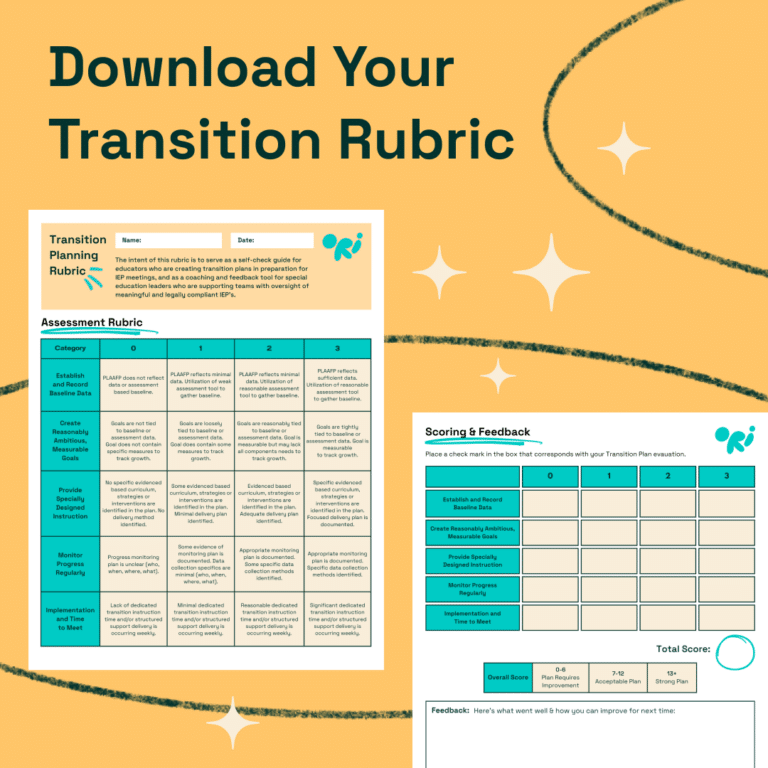


Creating effective Individualized Education Program (IEP) goals is crucial for supporting students with Attention Deficit Hyperactivity Disorder (ADHD) in navigating both academic and social challenges. This guide provides an expanded list of strategies and examples to help educators develop IEP goals that are tailored to the unique needs of students with ADHD, enhancing their ability to succeed in school and beyond.
Students with ADHD may experience difficulties with focus, hyperactivity, and impulsivity, which can affect their learning, behavior, and social interactions. Tailored IEP goals can help manage these challenges by providing targeted interventions and supports.
Effective IEP goals for students with ADHD are critical as they:

Disclaimer: The following are sample goals meant to illustrate how IEP goals for students with ADHD might be structured. However, it’s important to remember that each student’s IEP goals should be uniquely tailored to their individual circumstances, needs, and strengths.
Developing detailed and practical IEP goals for students with ADHD is fundamental to supporting their educational journey. By strategically targeting key areas of need and providing appropriate supports and interventions, educators can significantly enhance the academic and social experiences of students with ADHD.

